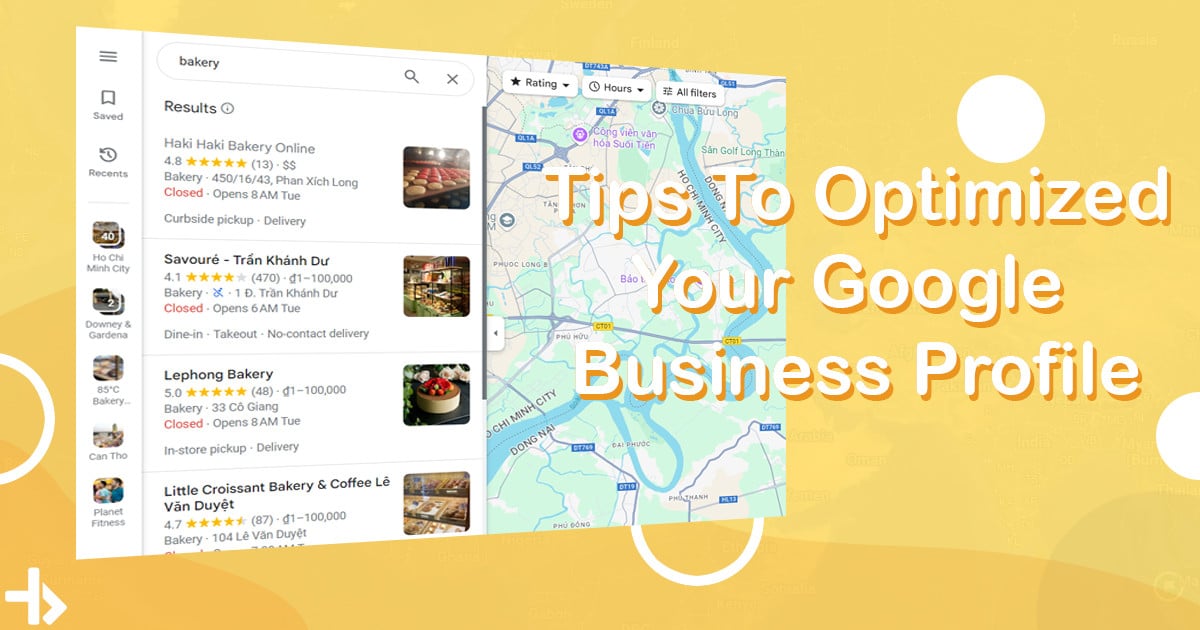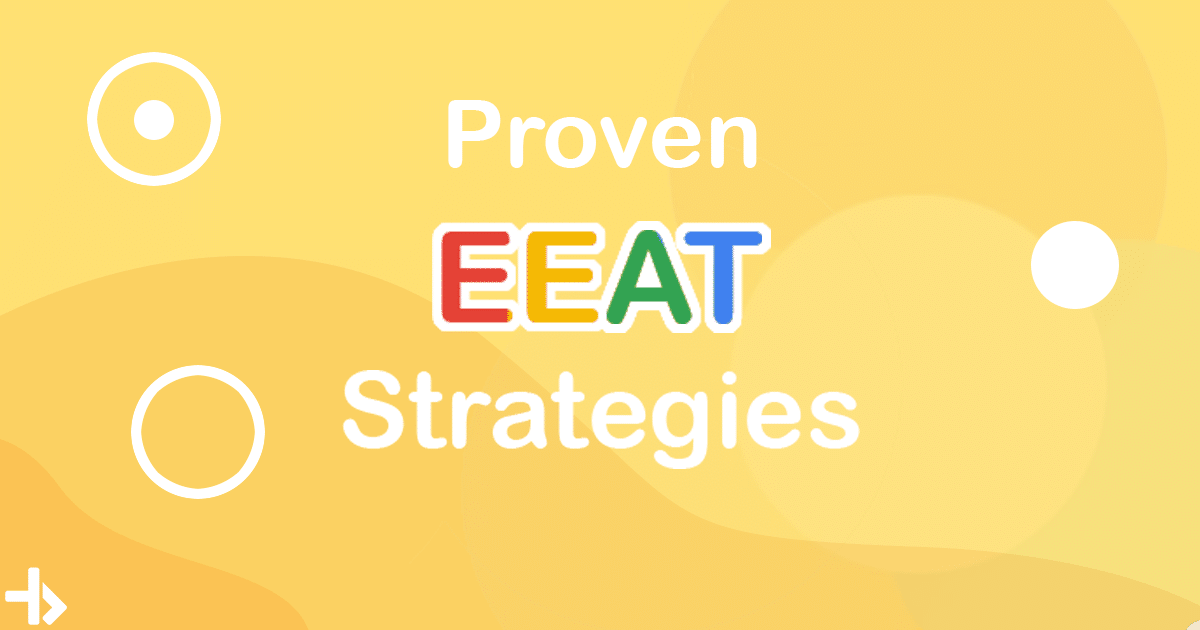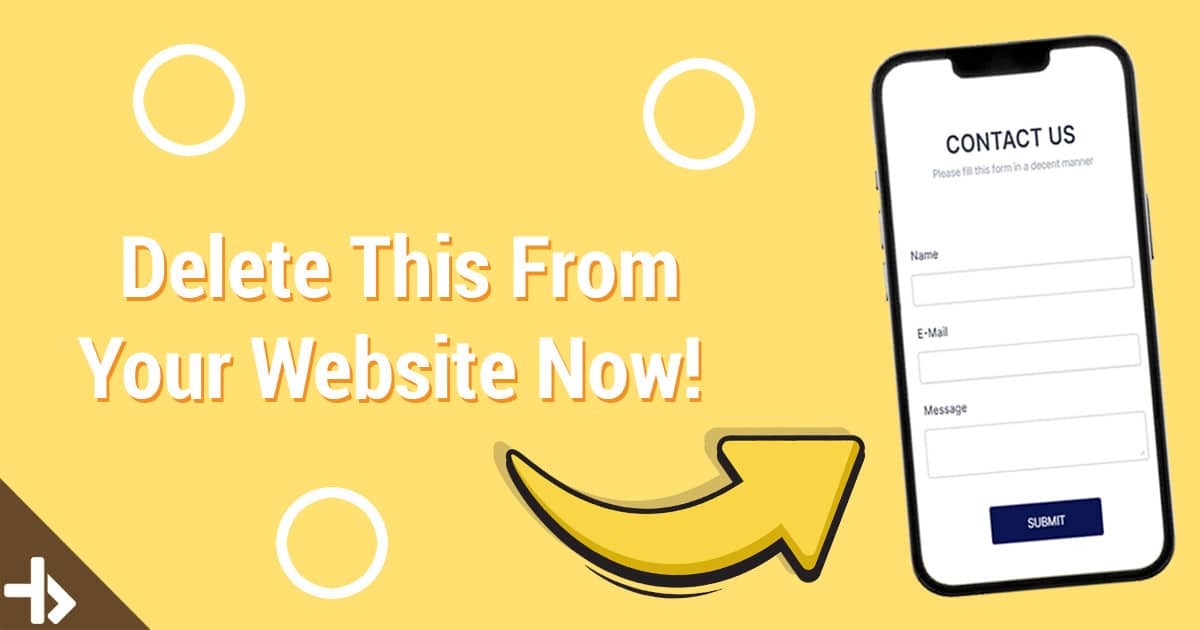If you just started entering the digital marketing space, you might wonder what the difference is between a website and a sales funnel. What do you need to focus on to grow your business?
But before picking, we will need to explain the difference and the benefits of a website and a sales funnel so that we understand what we are working with.
What is a Website?
A website is a collection of web pages that are related content, usually comprised of at least five pages of content, including:
- Home
- About
- Products or Services
- Blog post
- Contact
- And more
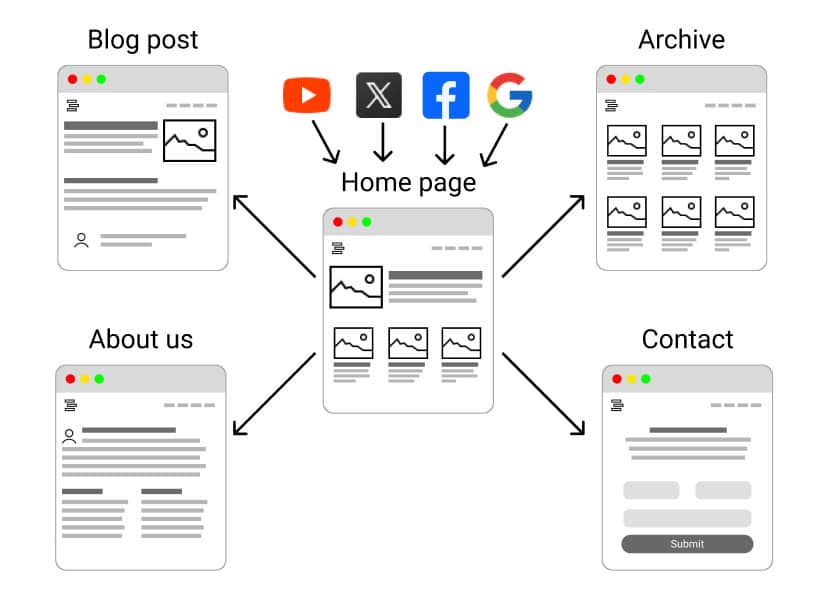
Website traffic can go both ways: in and out. These pages can also help people discover the site’s products on search engines. This prompts them to go to the website for details.
This is why it pays to invest in search engine optimization (SEO). With SEO, your website can rank highly on Google and other search engines. By paying attention to SEO, you demonstrate to your visitors that you’re serious about having a strong digital presence.
Pros and Cons of Websites
Pros
Ability to reach a wider audience
Having a website for your business can help reach a wider audience from all over the world.
With a website, you have the potential to reach online shoppers both locally and internationally.
Accessible to many consumers
A website helps businesses’s names and products or services be visible on Google. Without a website, you will likely lose potential customers because they are unaware your business exists.
Builds credibility and brand
A website that is designed well tends to instill confidence and build credibility. According to recent studies, at least 80% of consumers will Google a brand to learn more about the company before making a purchasing decision.
Makes engagement with the target audience easy
A website lets you promptly respond to your visitor’s emails and comments. In addition, you can use your blog section to inform people about your business. You can also link all your social media sites directly to your website, which helps you to stay connected with all your consumers.
Cons
Low conversion rate
Because website how so many pages, contents and distractions but little to no direction for the visitor to actually buying your products/services.
Take time to build
Because website how so many pages, contents and distractions but little to no direction for the visitor to actually buy your products/services.
Need more technical skill
Nowadays you don’t need to know how to code to make a website, you can easily create one through platforms like Wix, WordPress, Weebly, etc
However, you will need some skills to be able to optimize your website like SEO to rank on Google:
- On page
- Off page
- link building
- content optimization
What is a Sales Funnel?
A sales funnel is also a website or part of a website. The difference is that a sales funnel is designed to guide website traffic toward a single direction: getting a sale.
It is like a salesperson guiding each visitor to conversion.
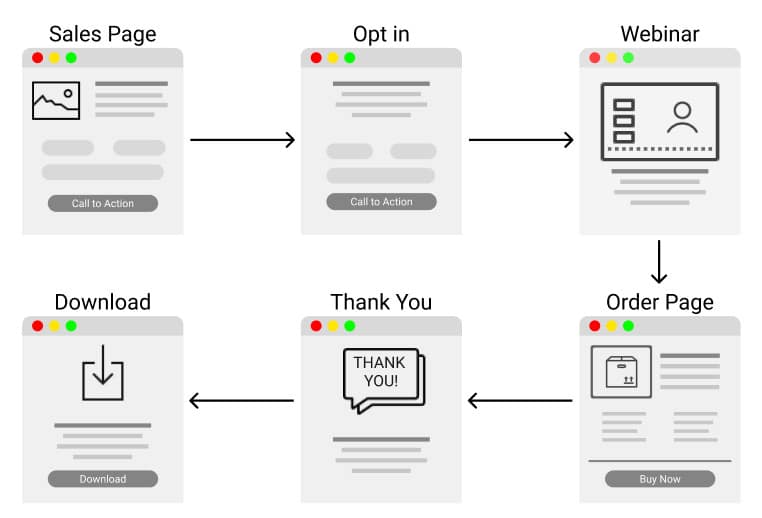
To do this, a sales funnel minimizes distractions like outgoing links or share buttons for social media. Each page of the sales funnel highlights what the company has to offer and prompts the visitor to buy it… or leave.
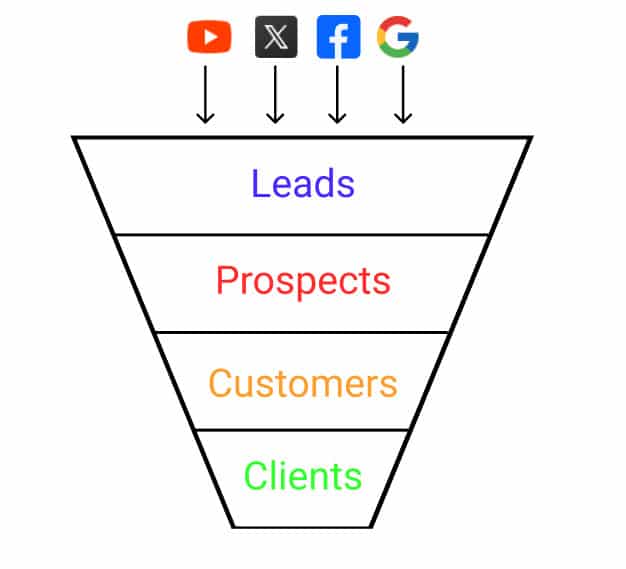
Pros
Increases conversion rate
People moving down your funnel may decrease. However, people who stay in the funnel are more likely and willing to make a buying decision.
So, a sales funnel helps to filter non-targeted people, which helps to ensure that only those who are willing to make a purchase stay.
In other words, a sales funnel allows you to maintain a lasting connection with prospective customers at every stage of the purchasing cycle.
Save time
A sales funnel is built faster compared to website. Also, you don’t need to update the content regularly and don’t need to create too many landing pages.
Easy to track and fix
More than 80% of funnel won’t work the first time. So you need to A/B test.
Each page of the sales funnel is designed with a targeted purpose, making it wasy to know what the problem is and what you need to fix.
- If visitors do not leave their email, you will change some design aspects of the squeeze page.
- Not making a purchase? the issue could be on the sales page.
Cons
Can’t grow your sales funnel
Let’s say that you want to add a blog or a contact to the sales funnel, then it won’t be a funnel anymore will it, it would turn back into a traditional website.
Won’t be able to grow your brand
Let’s say that you want to add a blog or a contact to the sales funnel, then it won’t be a funnel anymore will it, it would turn back into a traditional website.
Which One To Grow Your Business?
So what should you choose for your business? well the answer is both. You should implement both of these in your business.
You should have a website that positions you correctly as an authority and elevates your status and grows your brand. While you drive your traffic from social media and ads to your sales funnel.
When you drive your traffic to your sales funnel, they may get curious and want to learn more about your business, so they go to your website and see what you do, they may get more comfortable clicking the buy button.
Build them on the same platform and integrate them to get the most out for your business.


